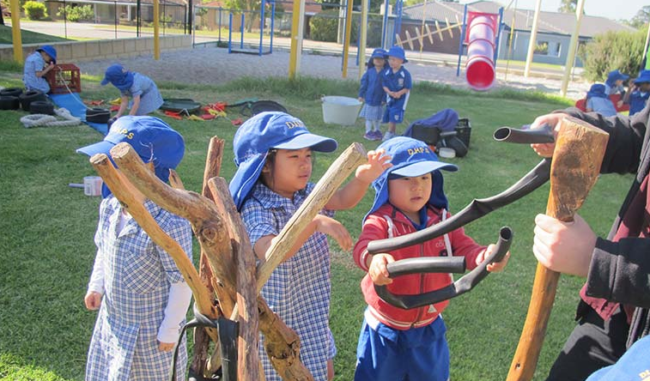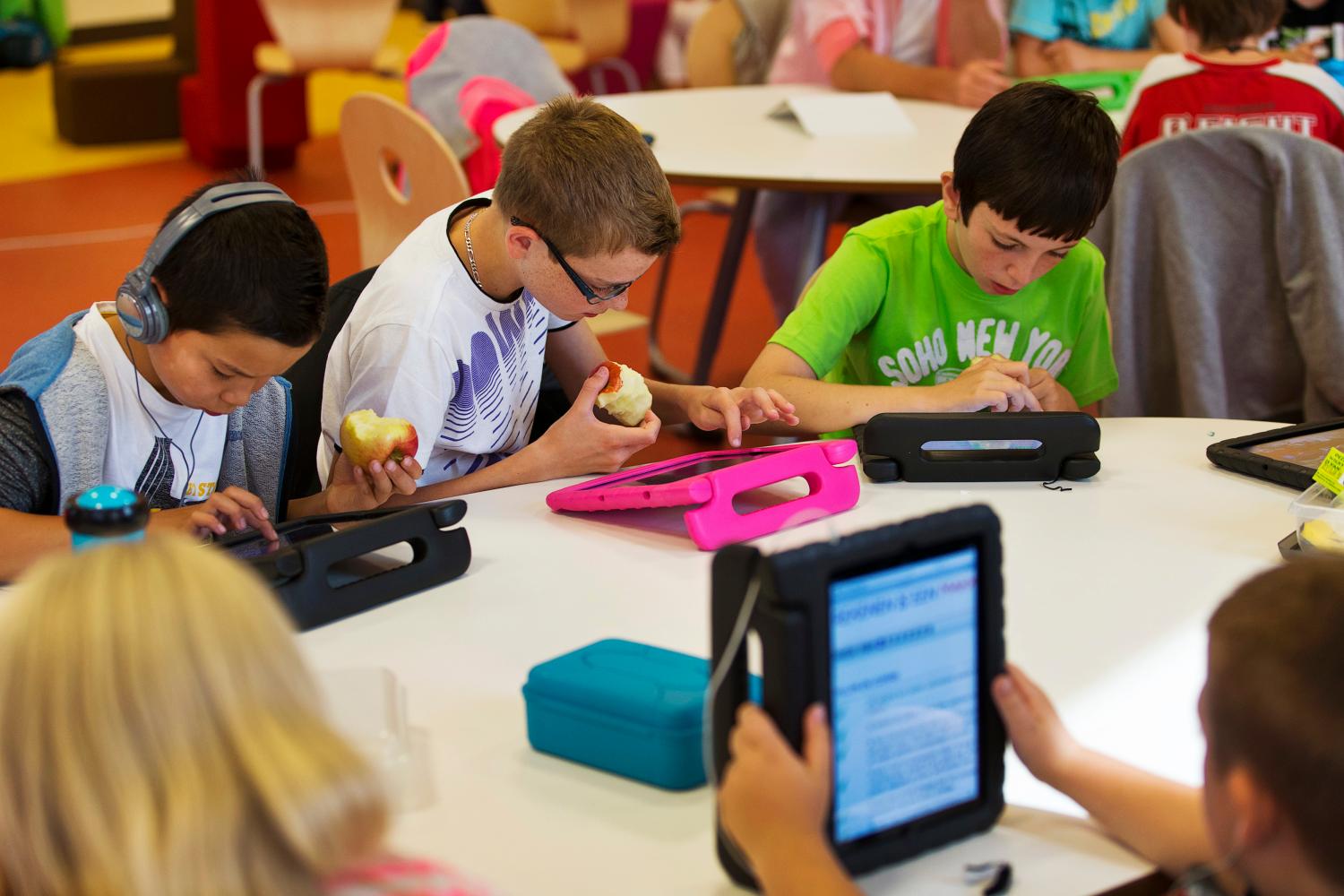“Too often we refer to play as just play,” said Kristine Mraz, an early childhood educator, instructional coach, and coauthor of Purposeful Play. She emphasized that the word “just” implies play has no purpose or value. Mraz advocates for integrating guided play as a central aspect of classroom instruction rather than relegating it to recess. Guided play involves educational activities gently steered by an adult using open-ended questions and prompts, while still allowing children the freedom to explore and learn in their own way.
The benefits of guided play are well-documented. “Teaching children through guided play supports key aspects of their learning and development at least as well, and sometimes better than traditional direct instruction,” Mraz noted. Studies show that children who engage in play-based learning often outperform their peers academically and socially. Additionally, children who attend play-based early childhood centers are less likely to be referred for services addressing social-emotional needs.
Despite these benefits, the misconception that play detracts from learning often prevents schools from incorporating it more broadly. Schools typically limit play to recess or the end of the day, missing its potential as a robust instructional method. “Play is the journey that brings us to standards,” said Mraz. “It’s not a time of day. It is a method.” During a talk at The Educator Collaborative 2023 Gathering, Mraz outlined the play workshop structure, a method to incorporate play into subjects like reading, writing, and math. This approach includes three main components: choosing, gathering, and clean-up.
Choosing: Pick Your Play
In the choosing step, students are given the autonomy to select the activity they’d like to do. “We can invoke a playful spirit any time we bring up choice. The more choice, the more it feels like play,” Mraz explained. Many teachers find it effective to use centers or stations to offer activity choices in the classroom.
For example, if a teacher is guiding students through creating a story using a sequence of events, they may offer students the option to draw their story, use various materials to construct it, or engage in dramatic play to act it out. “These all bring us to the standards, but they do so in a way that leverages kids’ natural inclinations to play,” said Mraz. She recommended Susan Harris MacKay’s book Story Workshop as a resource for using play to meet learning standards related to storytelling.
Mraz also encouraged teachers to be flexible. Initially, she required students to select a path and stick with it. However, she realized that being adaptable can improve student engagement and creativity. “Some days [students] just might need to move around, or sometimes doing something in one area actually inspires [them] in another area,” she said.
Gathering: Construct Ideas
After playtime, the gathering phase allows students to share their thoughts, reflect on their experiences, and collaboratively build knowledge. Mraz suggested that students sit in a circle for this phase. Teachers can guide students to explore various content areas, reflect on themes from the play, address problems that arose, or discuss the materials used. “In order to construct knowledge, you have to have opportunities to process it with people,” Mraz said.
In one class, Mraz used gathering time to discuss different ways to share materials. Students identified sharing strategies used during play, such as taking turns, splitting items, or finding additional materials. Mraz created a chart with these strategies and asked if any students had experiences that could be addressed with those ideas. The activity built on students’ reading and problem-solving skills.
To help teachers build their facilitation skills, Mraz recommended Hands Down, Speak Out: Listening and Talking Across Literacy and Math by Kassia Omohundro Wedekind and Christy Hermann Thompson. “[It’s] a brilliant text on how to develop these circle conversations in your classroom with tons of practical strategy,” Mraz said.
Clean Up: Collaborate Toward a Shared Goal
The clean-up phase is not just about tidying up but also about instilling a sense of responsibility and cooperation. Instead of “clean up your own mess,” Mraz uses the message, “our community works to make our space clean.” She assigns specific roles to small groups of students, such as table wipers, block cleaners, and a timer setter. “Every child is able to contribute to clean up in a way that plays to their strengths,” she explained.
Mraz acknowledged that while play-based learning is familiar to many early childhood educators, incorporating these strategies can be daunting for teachers who rely on traditional methods. Even small shifts can make a significant difference, she said. “Is there one small movement you can make that brings us closer to a world that values children in their natural state, so that children grow to be the people who value one another in their natural state?”








